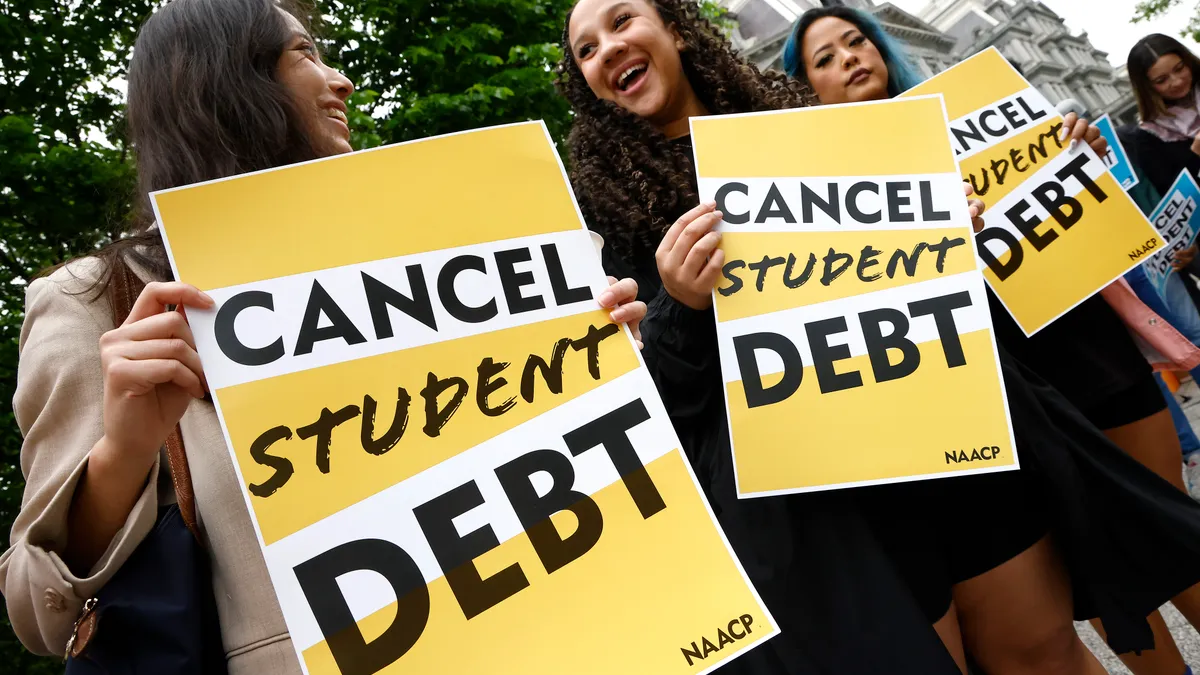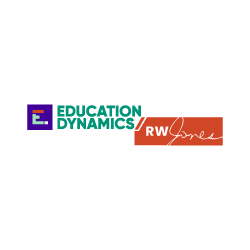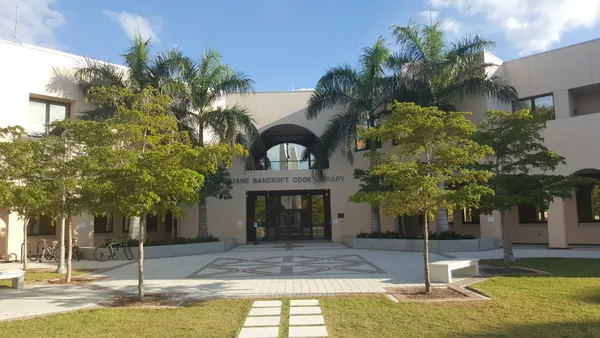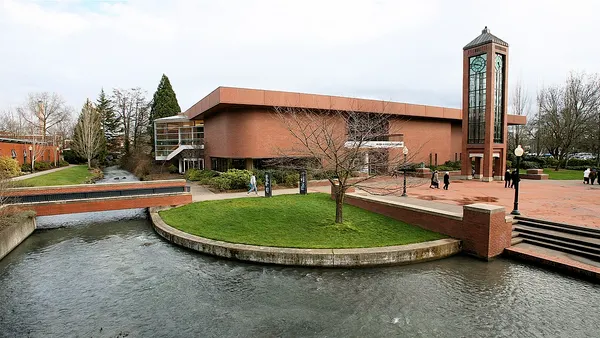Dive Brief:
- The U.S. Department of Education failed to proactively address fraud risks when it approved borrowers for the sweeping student loan forgiveness plan that the U.S. Supreme Court ultimately struck down, the federal Government Accountability Office said in a Thursday report.
- The department based its borrower approval processes on an assessment that the loan forgiveness program was at relatively low risk for fraud, GAO found. But given the size of the intended loan cancellation — "an estimated $430 billion of relief for potentially over 31 million borrowers" — the agency should have taken more anti-fraud steps.
- Though this forgiveness program never came to be, the Education Department is pursuing alternative means of mass debt relief. In that event, GAO said, the department should avoid relying on self-reported data and should fully evaluate fraud risk before providing relief.
Dive Insight:
Under President Joe Biden, the Education Department sought to forgive up to $20,000 in student loan debt for borrowers earning less than $125,000. But numerous legal challenges halted the agency’s proposal.
The Supreme Court in June declared the plan unlawful, before the federal government had forgiven any loans.
The same day, Biden announced he would start regulatory proceedings to forgive loans under the Higher Education Act. Officials have since begun working to enact loan cancellation through a regulatory process known as negotiated rulemaking.
The slow-moving nature of that process, which is expected to take more than a year, could allow the Education Department time to incorporate GAO's findings.
Under its original plan, the department set two methods for determining if a borrower would be eligible for loan forgiveness: an application process for most borrowers, and an automatic process for those who had already recently reported their income to the Education Department.
Using the applications, the department approved over 12 million borrowers "without evaluating the accuracy and outcomes of its application process," GAO said.
Some applicants were flagged for additional review. But the agency had not evaluated either those borrowers or ones who were approved by the time the program shut down.
The department had also planned to automatically approve over 2 million borrowers for debt relief, using only self-reported income data pulled from recent financial aid applications and loan repayment plan enrollments.
"Education and GAO have both previously identified problems with people underreporting their income on these forms, but the department did not take any steps to verify incomes for these borrowers before automatically approving them for relief," GAO said.
Although federal standards require steps to mitigate fraud risks, GAO said, "Education did not deploy any tools to verify these borrowers' incomes or ensure they were eligible for relief."
Should the agency pursue new debt relief plans, GAO advised U.S. Education Secretary Miguel Cardona to:
- Incorporate "robust evaluations of fraud risk management activities" before approving borrowers for relief.
- Enact all stages of the department's fraud risk management plans before any approvals.
- Put controls in place so as not to rely only on self-reported data.
The Education Department partially agreed with each point, GAO said. But the department labeled GAO’s suggestion to crosscheck approved borrowers’ incomes as unnecessarily burdensome. And it said every stage of its fraud risk management plans didn’t need to be in place before borrowers started receiving forgiveness.
The agency also disputed that its original debt relief program relied solely on self-reported data.













